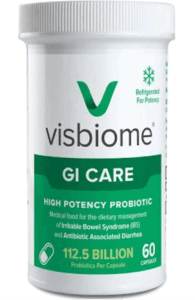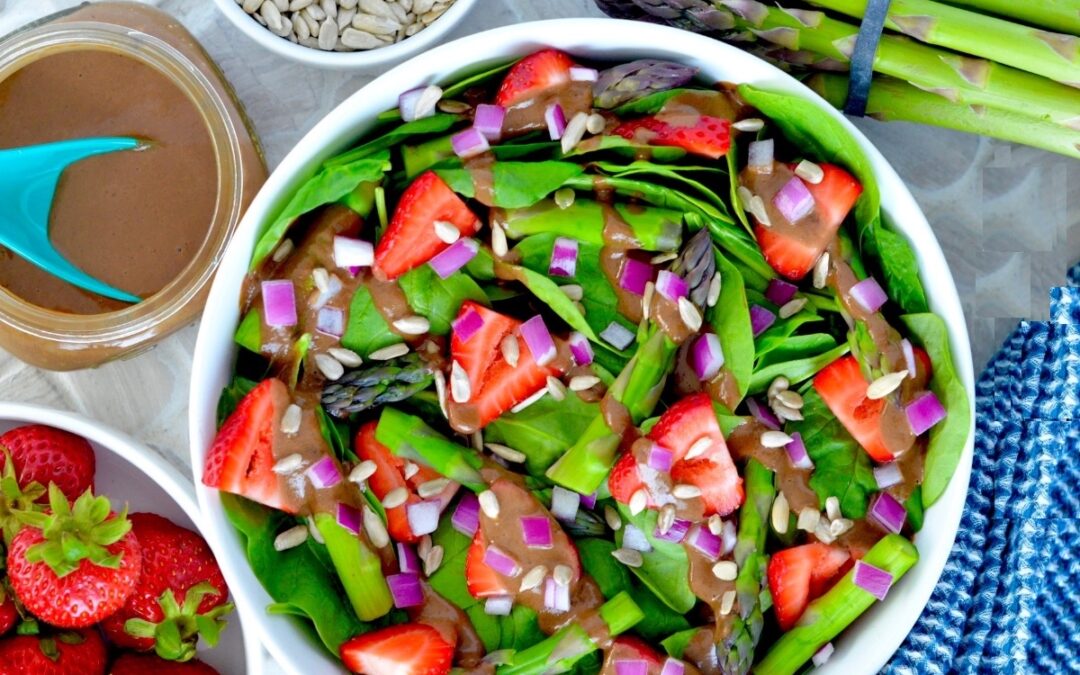We often hear about gut health and the microbiome being central to our overall health and well-being. But what does that really mean? Our gut is a highly complex ecosystem made up of trillions of microorganisms, all playing vital roles in digestion, immunity, and even mental health. Among these, two key players are prebiotics and probiotics.
What Are Probiotics?
You’ve likely heard the term probiotics before—maybe in ads for yogurt or supplements. Simply put, probiotics are live bacteria and yeasts that are beneficial to your health, especially your digestive system. These microorganisms help maintain or restore the natural balance of gut bacteria, which is essential for optimal health.
When consumed in adequate amounts, the right probiotic strains can support digestion, strengthen the immune system, and even positively influence mood and sleep.
What Are Prebiotics?
Prebiotics, on the other hand, are non-digestible fibers found in the foods we eat. Think of them as the food source—or “fertilizer”—for probiotics. They help nourish and stimulate the growth of beneficial bacteria in the gut. Different types of fibers feed different strains of bacteria, much like various plants require specific nutrients to flourish.
One commonly used prebiotic is inulin, often found in combination with over-the-counter probiotics. It’s known as a “super-grower,” meaning it can promote the growth of both beneficial and harmful bacteria—depending on the current state of your gut. This is one reason why I often recommend comprehensive stool testing before starting any prebiotic or probiotic regimen.
What Happens in the Gut?
When taken in appropriate amounts, probiotics can outcompete harmful bacteria for space and resources, preventing imbalances that can lead to illness. They also help reinforce the gut lining, interact with the immune system, and regulate important functions like pH balance, digestion, circadian rhythm, mood, and sleep.
Meanwhile, prebiotics travel undigested through the small intestine and reach the colon, where they become a food source for beneficial bacteria. This fermentation process supports a healthy microbial environment and helps improve digestive efficiency.
(And yes, some researchers have even suggested that bacteria may have a form of consciousness—but that’s a conversation for another day!)
Why Should You Care?
The gut-brain connection is real. Many individuals struggling with mental health concerns benefit significantly from addressing gut health and microbiome imbalances. Here’s why else prebiotics and probiotics matter:
- Digestive Health: Probiotics help produce digestive enzymes and hydrochloric acid (HCL), easing symptoms like bloating, gas, and IBS.
- Immune Support: Since a large part of the immune system resides in the gut, a balanced microbiome can help prevent illness, reduce inflammation, and even mitigate allergies.
- Skin Health: Certain probiotic strains have been shown to help with conditions like eczema.
- Bowel Regularity: Prebiotics can act as natural laxatives, promoting softer, more regular stools.
- Blood Sugar Regulation: Some prebiotics may help balance blood glucose levels and improve insulin sensitivity.
- Appetite and Satiety: Prebiotics influence hunger hormones, helping to control appetite and promote feelings of fullness.
- Mental Health: Emerging research suggests that prebiotics may support the production of neurotransmitters like serotonin and GABA, which are crucial for mood regulation and anxiety reduction.
Final Thoughts
Understanding the roles of prebiotics and probiotics is a vital step toward taking charge of your health. Whether you’re looking to improve digestion, boost immunity, support mental well-being—or all of the above—these tiny organisms play a powerful role. As always, personalized testing and professional guidance can make a big difference in choosing the right approach for your unique gut ecosystem.
Jennys’ Corner: What helps maintain healthy levels of pre and probiotics
- Vitamin D – straight from the sun is best
- Fish oil
- Prioritizing polyphenols from fruits and vegetables
- Eating 35 g of fiber daily
- Eating a large diversity of plants
- Limiting alcohol
- Be cautious of prophylactic antibiotics
- Managing stress
- Doing yearly stool testing
Food Sources of Probiotics (always look for raw or unpasteurized)
| Category | Food Examples |
| Dairy | Yogurt (with live and active cultures), Kefir, Traditional Buttermilk, Aged Cheeses (Cheddar, Feta, Gouda) |
| Fermented Vegetables | Sauerkraut (unpasteurized), Kimchi, Naturally Fermented Pickles |
| Other Fermented Foods | Miso, Tempeh, Kombucha, Sourdough Bread, Natto |
Sources of prebiotics (not extensive list):
| Category | Food Examples |
| Vegetables | Garlic, Onions, Leeks, Asparagus, Jerusalem Artichokes, Dandelion Greens, Chicory Root, Eggplant, Artichoke, Raw Leafy Greens |
| Fruits | Bananas (especially slightly green), Apples with skin, Berries, Grapefruit, Olives |
| Whole Grains | Oats, Barley, Whole Wheat, Whole Grain Corn, Rye |
| Legumes | Beans, Peas, Chickpeas, Lentils, Soybeans |
| Other | Almonds, Pumpkin seeds, Cocoa, Honey, Jicama, Konjac Root, Burdock Root |
Here’s a great recipe to try:
Prebiotic Strawberry Asparagus Salad with Balsamic Dressing
Ingredients (Serves 2–4):
- 1 bunch asparagus, trimmed
- 1 cup strawberries, hulled and sliced
- 1/4 cup red onion, thinly sliced (optional)
- 2 tablespoons feta or goat cheese (optional)
- 2 tablespoons chopped walnuts or almonds (optional)
- 2–3 cups mixed greens (e.g. arugula, spinach, or spring mix)
Balsamic Dressing:
- 2 tablespoons balsamic vinegar
- 1 teaspoon Dijon mustard
- 1 teaspoon honey or maple syrup
- 1/4 cup olive oil
- Salt and pepper, to taste
Instructions:
- Blanch the asparagus:
- Bring a pot of salted water to a boil.
- Add asparagus and cook for 2 minutes until just tender-crisp.
- Drain and immediately transfer to a bowl of ice water to stop cooking.
- Drain again and chop into 1.5–2 inch pieces.
- Make the dressing:
- Whisk together balsamic vinegar, Dijon mustard, honey, salt, and pepper.
- Slowly drizzle in olive oil while whisking to emulsify.
- Assemble the salad:
- In a large bowl or platter, arrange the mixed greens.
- Top with asparagus, strawberries, red onion (if using), cheese, and nuts.
- Drizzle with dressing just before serving and toss gently
Jenny’s Corner: Supplements and where should you start?
 I highly suggest starting with personal recommendations and guidance from a professional. However, Visbiome is a great probiotic to start with for those looking to supplement their diets with a probiotic.
I highly suggest starting with personal recommendations and guidance from a professional. However, Visbiome is a great probiotic to start with for those looking to supplement their diets with a probiotic.
If you are still feeling uncertain on where to start, please book a discovery call with me to see what makes the most sense for you.

